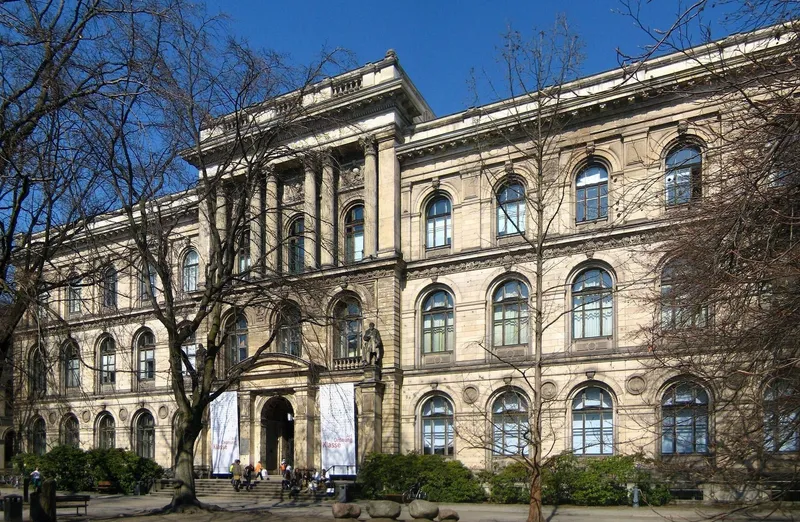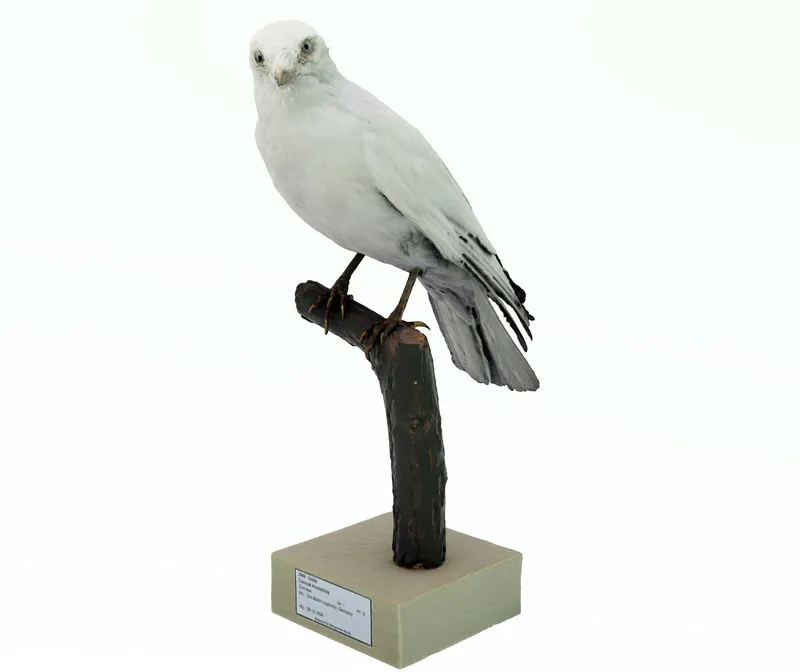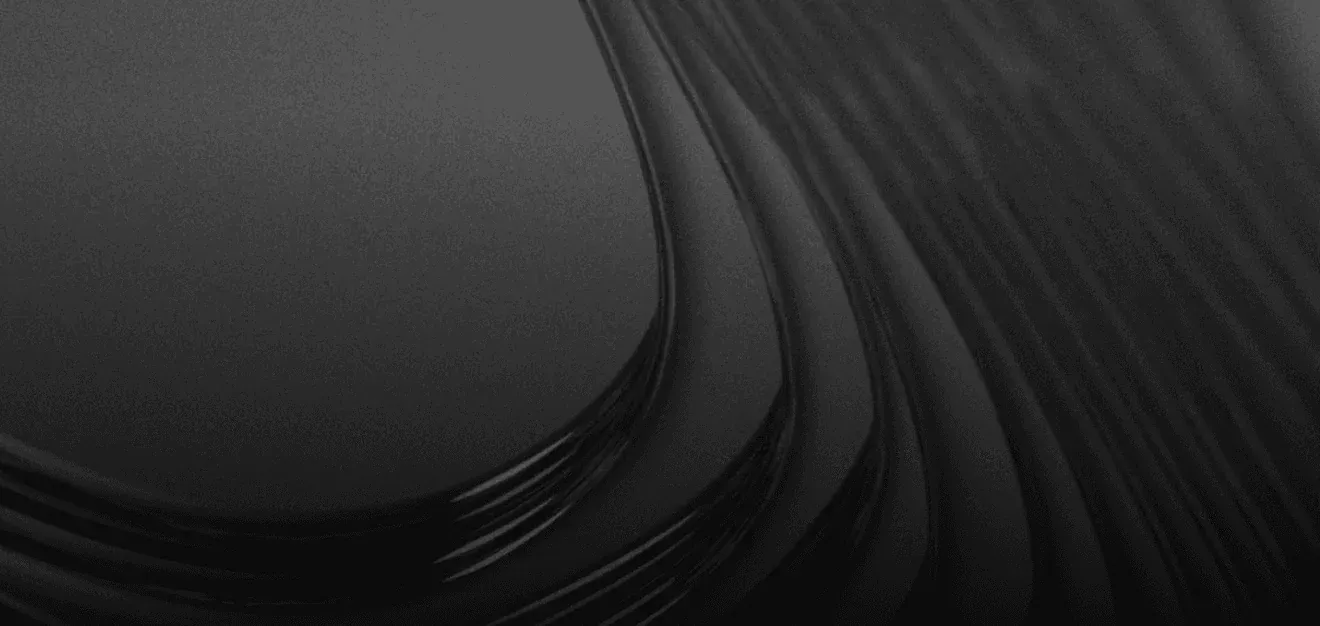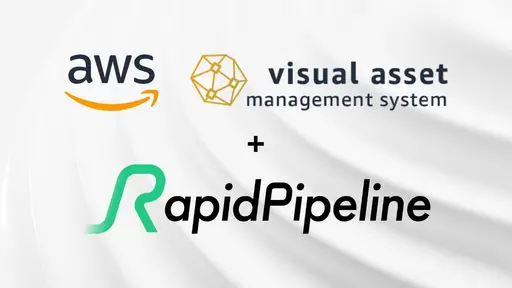
Museum für Naturkunde Berlin: Historical 3D objects optimized with RapidPipeline
The “Museum für Naturkunde Berlin” (Natural history museum in Berlin) published a first selection of historical collection objects as 3D models. The photogrammetry scanned objects were optimized with RapidPipeline and are now available for everyone to view.
The Museum für Naturkunde Berlin has a collection of more than 30 million objects from the fields of zoology, paleontology, geology and mineralogy. With this huge collection, the museum sets itself the goal of making the objects sustainably available digitally. Therefore, the museum has a dataportal with which everyone can explore the diversity of their collection.
Due to a high demand of 3D models the Museum for Naturkunde Berlin realized a first small selection of 3D models from their collection. These models give a good overview of the different sub-collects of the museum.
The objects were all generated by photogrammetry. Because of various challenges that come along with this scanning technique, only certain objects are suitable for this project in this early phase. To make the dataset available for free on the Web, the museum used RapidPipeline to optimize the 3D models for online presentation. Besides that, the museum used our software to create suitable thumbnails for a preview of each model.
Have a look at the selection, convince yourself of the results and get further information about locations, collectors, dates and many other interesting facts.

Meet the Author

DGG Team
The 3D Pipeline Company
DGG is on a mission to connect the real and virtual by making 3D models as easy to handle as 2D images.
You might be interested in



